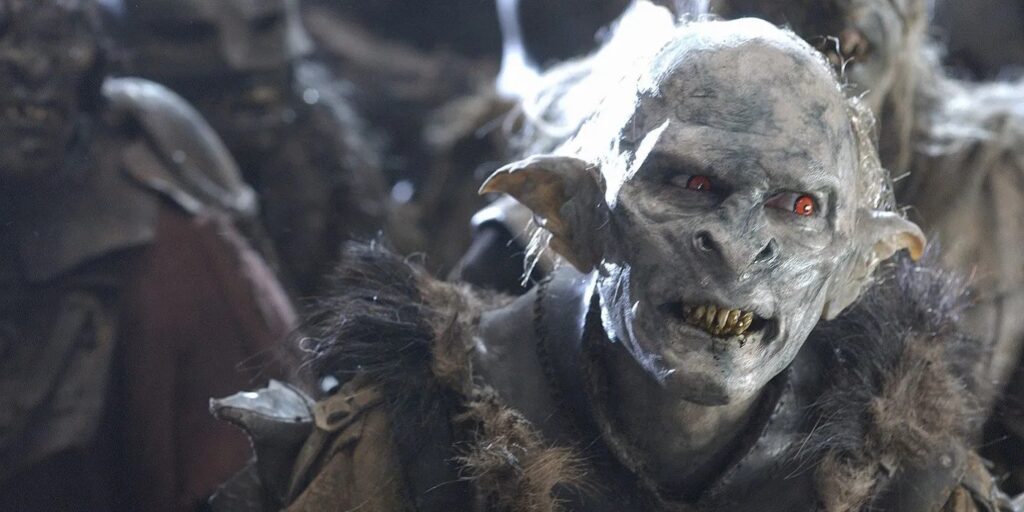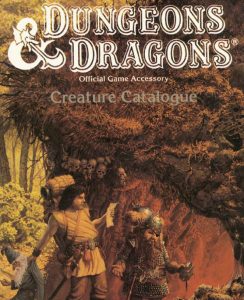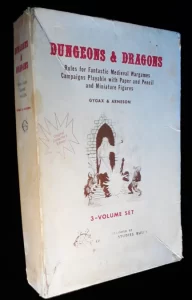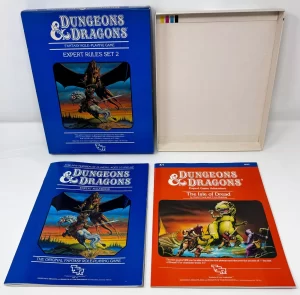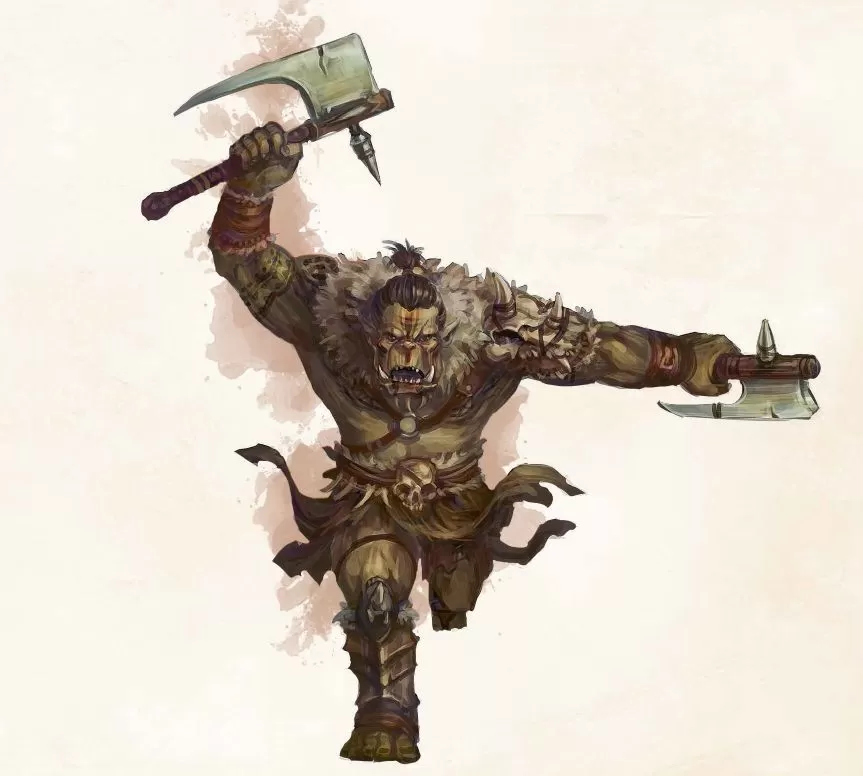
The notion that orcs are inherently evil is primarily rooted in the works of J.R.R. Tolkien, the renowned author of "The Lord of the Rings" series and other Middle-earth tales. In Tolkien's fictional universe, orcs were created by the dark lord Morgoth, who corrupted and twisted the elves to form a crude, violent, and malevolent race.
Tolkien's portrayal of orcs as evil beings can be attributed to several factors. Firstly, their creator, Morgoth, was a malevolent deity associated with darkness and corruption. This influence shaped the nature and characteristics of the creatures he brought into existence. Additionally, Tolkien emphasized the concept of a cosmic struggle between the forces of good and evil in his stories, with orcs being aligned with the darker side of this conflict.
Furthermore, Tolkien's orcs often displayed cruel and destructive behavior. They were depicted as savage warriors who pillaged and waged war against the peaceful races of Middle-earth. Their culture was marked by violence, obedience to their dark lords, and a lack of moral restraint.
It's important to note that the concept of orcs as evil has been widely adopted and expanded upon in various fantasy works, games, and other media influenced by Tolkien's writings. However, interpretations and depictions of orcs can vary across different fictional universes, and not all works adhere strictly to the portrayal of orcs as irredeemably evil.
In the Dungeons & Dragons (D&D) role-playing game, the alignment and nature of creatures, including orcs, are defined by the game's lore and mechanics. While individual Dungeon Masters (DMs) and campaign settings may provide variations, traditionally, orcs in D&D are depicted as evil for several reasons.
D&D utilizes an alignment system that categorizes characters and creatures along two axes: good vs. evil and lawful vs. chaotic. Orcs are typically assigned an alignment of chaotic evil, indicating a strong propensity for chaos, destruction, and malevolence.
D&D lore often portrays orcs as a savage and aggressive humanoid race. They are frequently depicted as marauding and warlike creatures, living in tribes or organized societies driven by conquest, pillaging, and violence.
And the cultural norms and values of orc societies in D&D often differ significantly from those of more "civilized" races. Orcs may prioritize strength, dominance, and survival of their tribe over cooperation, compassion, and empathy. These cultural differences, combined with their aggressive tendencies, contribute to their classification as evil.
It is worth noting that D&D allows for a wide range of interpretations and variations within its game system. Dungeon Masters have the flexibility to modify and customize the lore, alignment, and motivations of creatures, including orcs, to fit the needs of their specific campaign or storytelling preferences.
But at the end of the day, orcs are evil, just look at'em.
